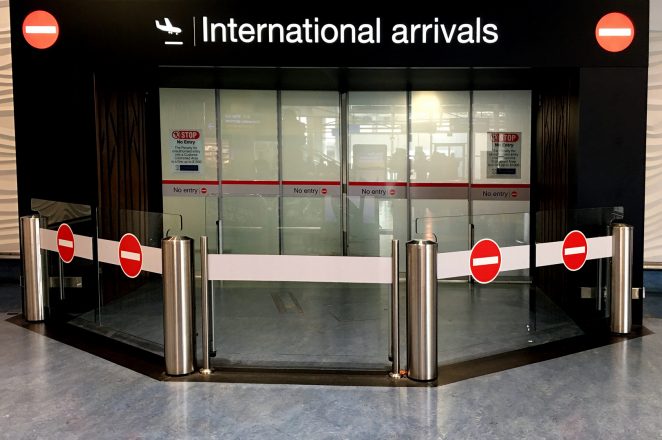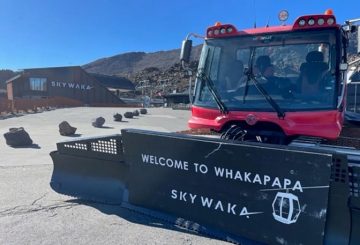ニュージーランドの国境は完全に再開されましたが、同国への訪問者数は緩やかにしか増加しないと予想されています。
Covid-19(新型コロナウイルス)の大流行以前は、留学生がニュージーランド経済の主要な部分を占めていました。
マクリーンズ・カレッジのスティーブン・ハーグリーブス(Steven Hargreaves)校長は、ニュージーランド経済界は留学生の数を回復させることに熱心だが、数カ月前に申請を開始して、国境が開通したらすぐに学生が戻ってこられるようにしてほしかった、と述べています。
また、多くの学校が国際プログラムを停止し、スタッフを解雇していることも指摘しました。このため、新たな留学生の受け入れに遅れが生じることになります。
ニュージーランド移民局のリコネクティング・ニュージーランド・ユニット(Reconnecting New Zealand unit)の責任者であるサイモン・サンダース(Simon Sanders)氏は、国境の変更は「大きな節目」であるものの、その結果どれだけの訪問者が戻ってくるか予測するのは困難であると述べました。
「コロナ前のような需要は期待できないと言っていいでしょう。それはおそらく、いくつかの理由があると考えられます」と。
「観光ビザが必要な訪問者の多い中国は、まださまざまな渡航制限があるため、少なくとも当初は大きな需要は見込めないと考えています。」
サンダース氏によると、ニュージーランド移民局は直ちにビザの手続きを開始し、20営業日以内に「簡単な」観光ビザを処理することを約束するとのことです。
しかし、来年ニュージーランドに来ることを希望している学生には、申請する前に少し待つように促しました。
「学生の皆さんには、内定をもらっている人はすぐにでも申請を出すように促しており、その準備を進めています。2023年に留学を考えている人は、今年中に到着する必要がある人を受け入れるために、2、3ヶ月間延期してください。」
入国管理局は、すでにビザ手続きを支援するために230人の新しいスタッフを採用しました。





























































